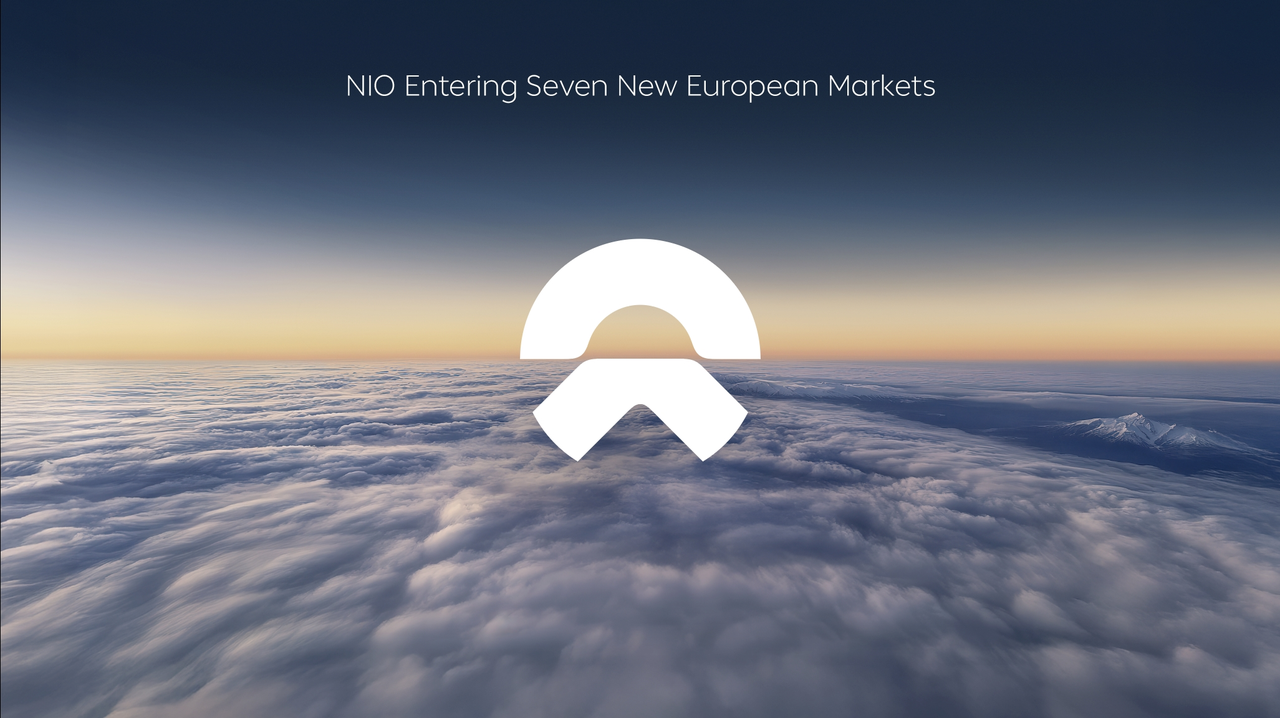You may already noticed that recently BYD has been focused on modernizing its electric cars by making them closer to the BYD Han EV, in technology and looks.
Now, almost every new electric car from BYD shares the same cobalt-free Blade Battery technology and a new sleeker front that debuted with the Han EV. The Han EV was the first electric car from BYD that actually looked modern and premium…
With this recent modernization BYD wants to offer some affordable alternatives to Tesla. While, the BYD Han EV competes with both the Model S and 3, the new BYD Song Plus EV aims to be a great alternative to the Model Y.
While in Europe the Tesla Model Y offers a WLTP range of 505 km for around 60.000 euros, in China the new BYD Song Plus EV offers a NEDC range of 505 km - which is around 380 km in WLTP - for just 186.000 yuan (23.768 euros) before subsidies and 169.800 yuan (21.713 euros) after subsidies.
The price suggests that the new BYD Song Plus EV is a very basic electric car, but it’s not. This is a modern electric car full with technology and safety features.

Compared to the Tesla Model Y, the new BYD Song Plus EV is only slightly smaller.
Let’s see some specs.
- Length: 4.705 mm (Tesla Model Y is 4.750 mm)
- Wheelbase: 2.765 mm (Tesla Model Y is 2.891 mm)
- Width: 1.890 mm (Tesla Model Y is 1.920 mm)
- Height: 1.680 mm (Tesla Model Y is 1.623 mm)
- Motor: 135 kW and 280 Nm in peak torque
- Range: 505 km under the NEDC test cycle (around 380 km in WLTP)
- Battery capacity: 71,7 kWh
- Battery type: BYD Blade Battery (LFP in CTP format)
- Fast charge time: 74 minutes and 30 minutes from 30 to 80 %
- Fast charging rate: 90 kW
- Starting price: 186.000 yuan (23.768 euros) before subsidies and 169.800 yuan (21.713 euros) after subsidies
With this model, you get an electric car that is slower and takes longer to charge than a Tesla, but it’s also much more affordable.
Anyway, unfortunately for us BYD’s domestic market is huge and it’ll take some time before this automaker satisfies all the demand there is in China, before starting exportation in big numbers. The good news is that BYD produces its own cobalt-free battery cells, therefore it can increase production much quicker than most automakers…
What do you think? If sold for around 30.000 euros in Europe would it be successful? Or its size makes it more suitable for other regions, such as North America and Australia?
More info:
http://www.bydauto.com.cn/auto/carShow.html-param=%E5%AE%8BPLUSEV








































